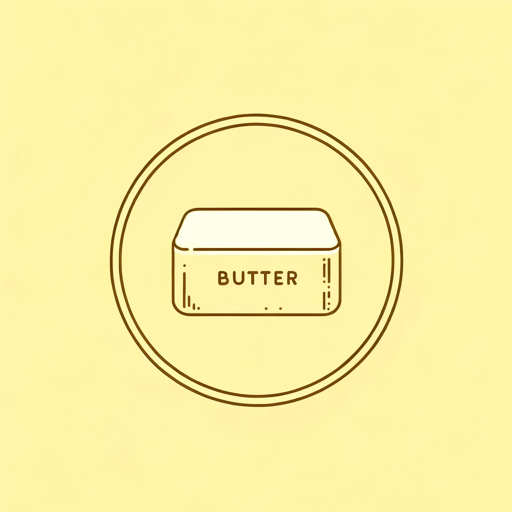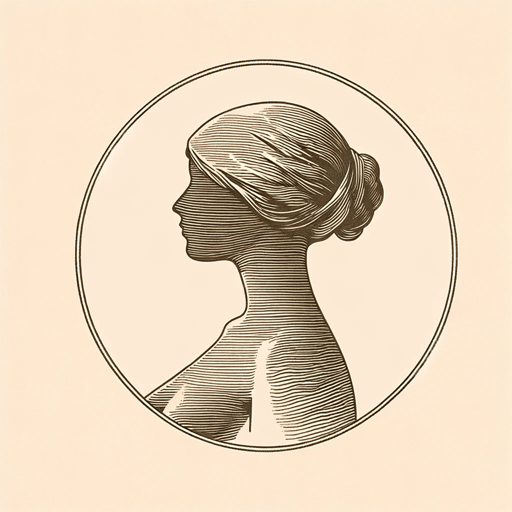17 pages • 34 minutes read
Elizabeth AlexanderButter
Fiction | Poem | Adult | Published in 1996A modern alternative to SparkNotes and CliffsNotes, SuperSummary offers high-quality Study Guides with detailed chapter summaries and analysis of major themes, characters, and more.
Symbols & Motifs
An Abundance of Butter
In Alexander’s poem, butter is everywhere in abundance. The poem begins with the announcement that the speaker’s mother relishes butter. When the mother explains to her children how it’s made, she indicates by the exclamation point at the end of her statement that it’s a kind of fairytale miracle, like hay “spun” (Line 4) to gold. Alexander was born in 1962. It is more than feasible that her mother—as well as the speaker’s mother—was a child of the Great Depression. Butter would have been a luxury in her mother’s childhood, even if she were raised in relative affluence. Good things were scarce. Butter flows like tap water in the speaker’s childhood. Extravagance, then, is a gesture of victory over scarcity.
The speaker absorbs all this abundance as her right. Butter is the substance of her childhood, creamy and “curdy” (Line 16), “better / than gravy” (Lines 8-9). In the referenced children’s story, butter is the byproduct of the tigers having spent themselves and their fury. Butter was the reward for having survived—for being clever enough to survive the dangers and aggressions of the world.
Although the speaker’s childhood, as seen through the lens of buttery food, seems happy and free of strife—the speaker says, “I picture / the good old days” (Lines 18-19)—there is tension in the statement “We are / Mumbo and Jumbo’s children” (Lines 21-22).
Related Titles
By Elizabeth Alexander





